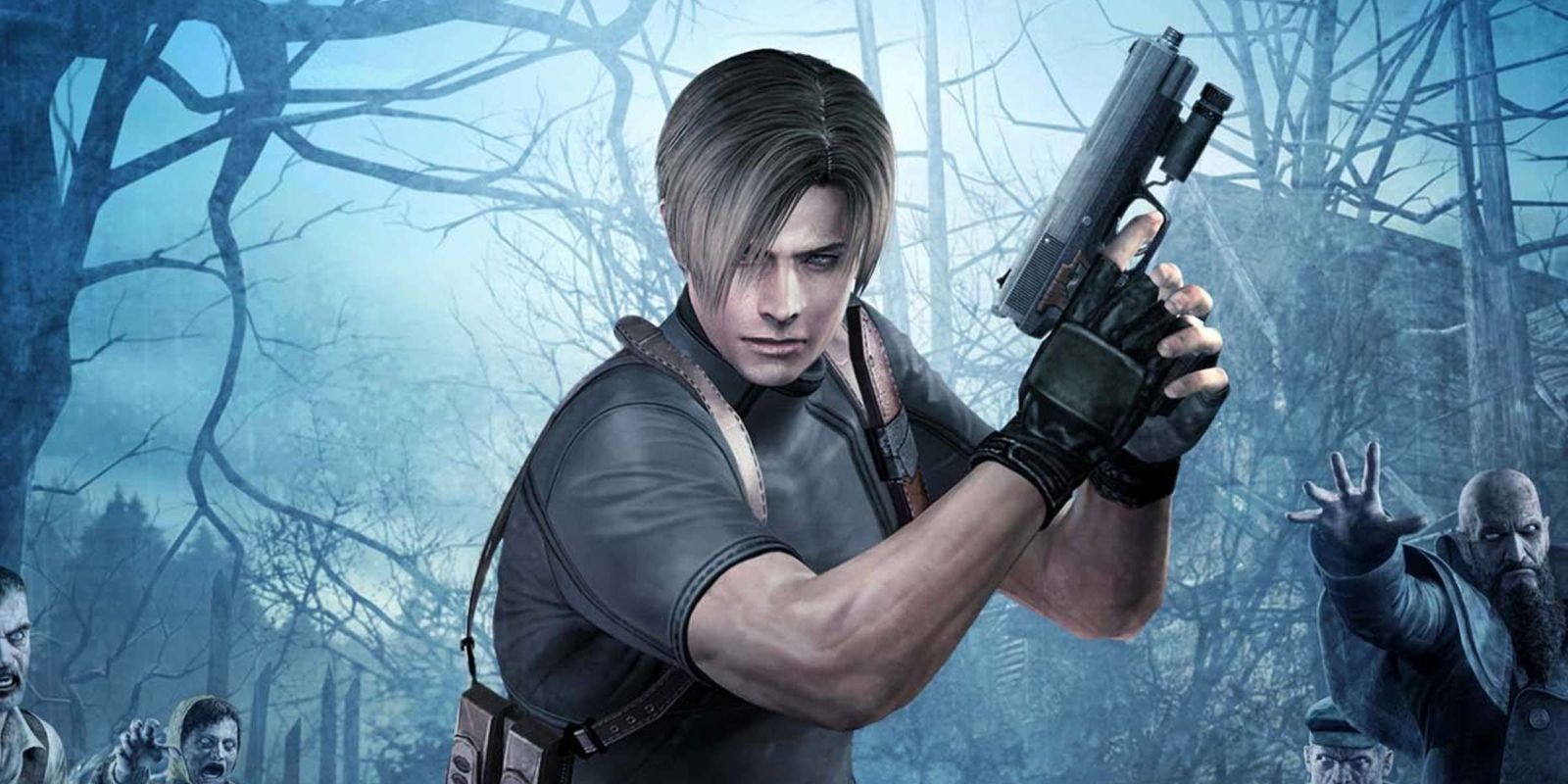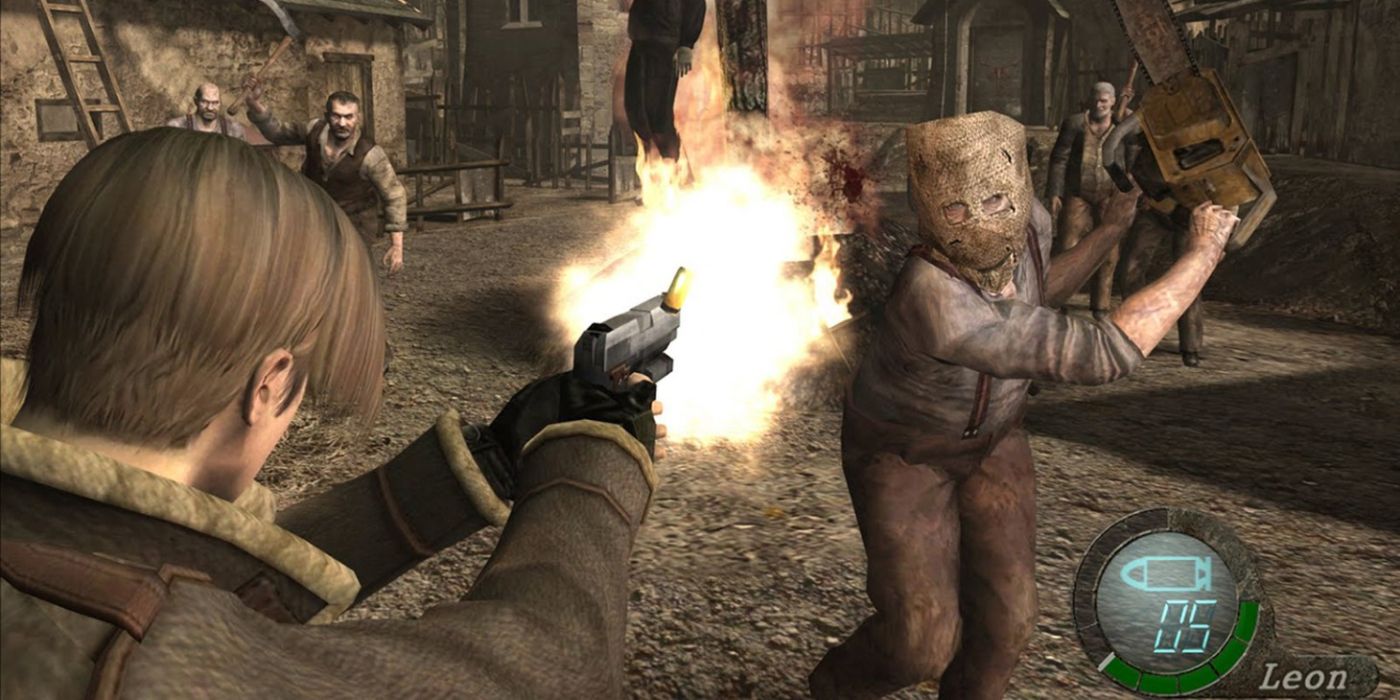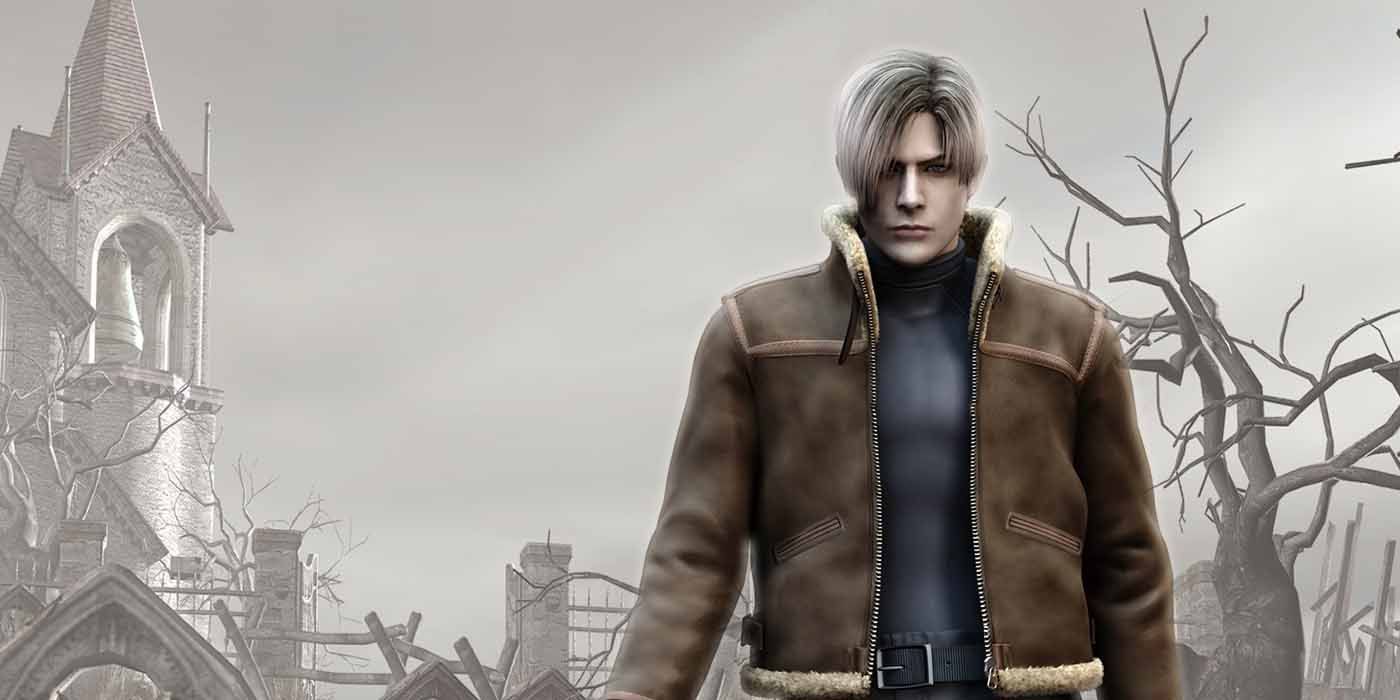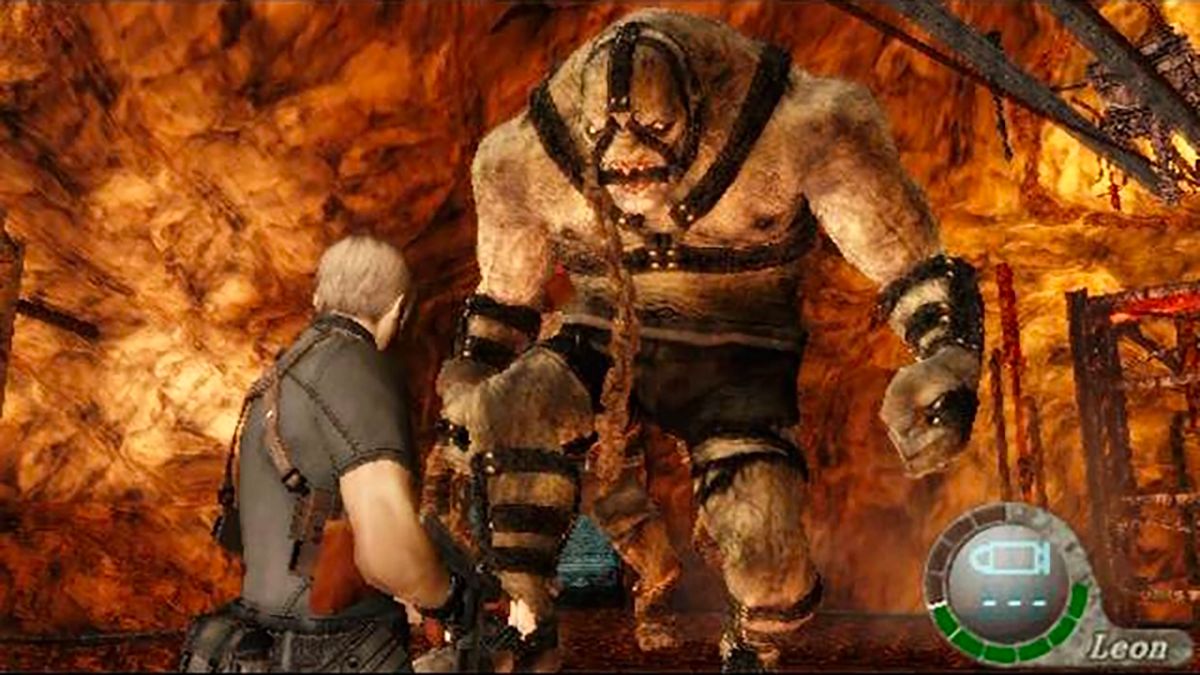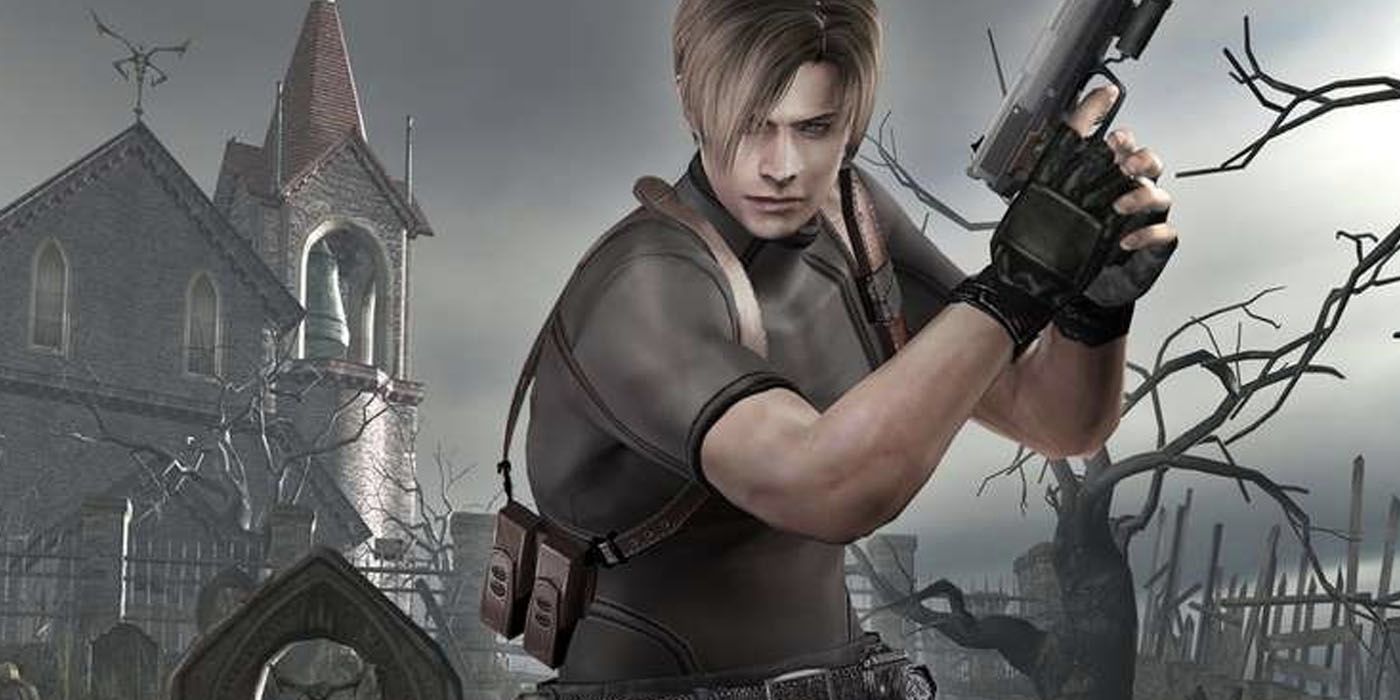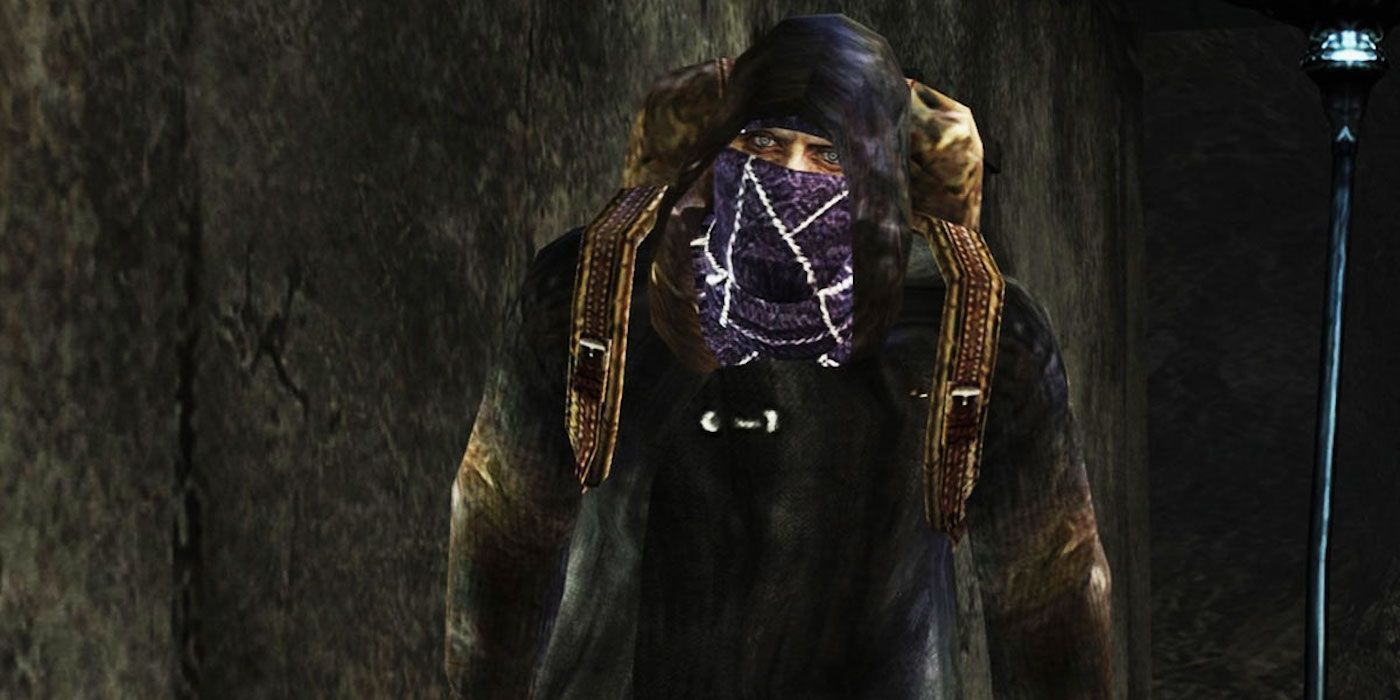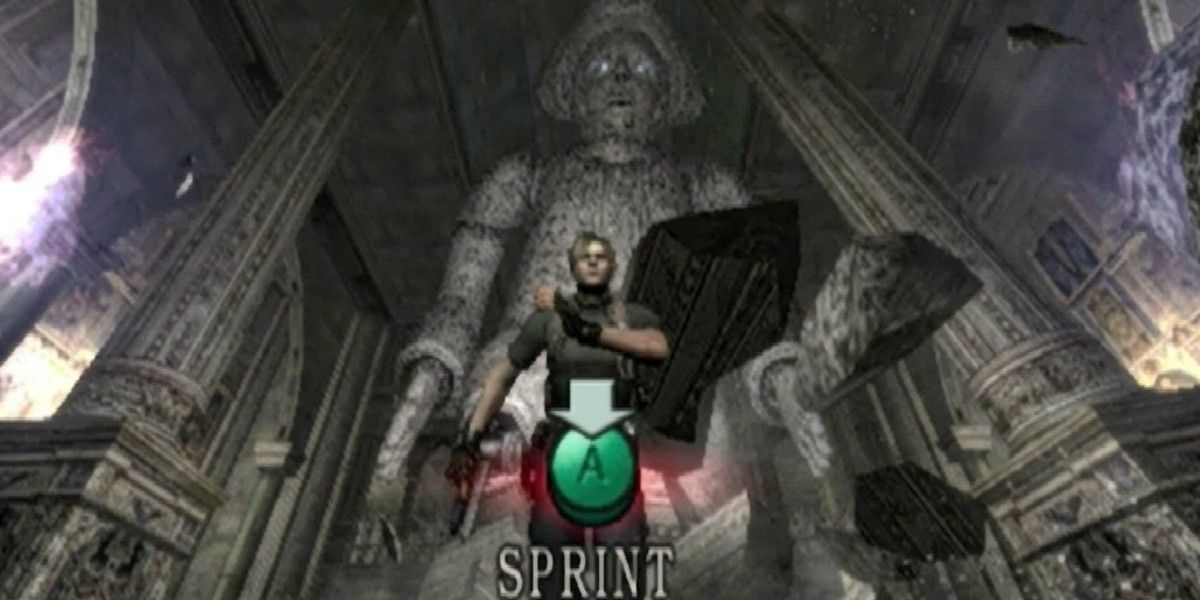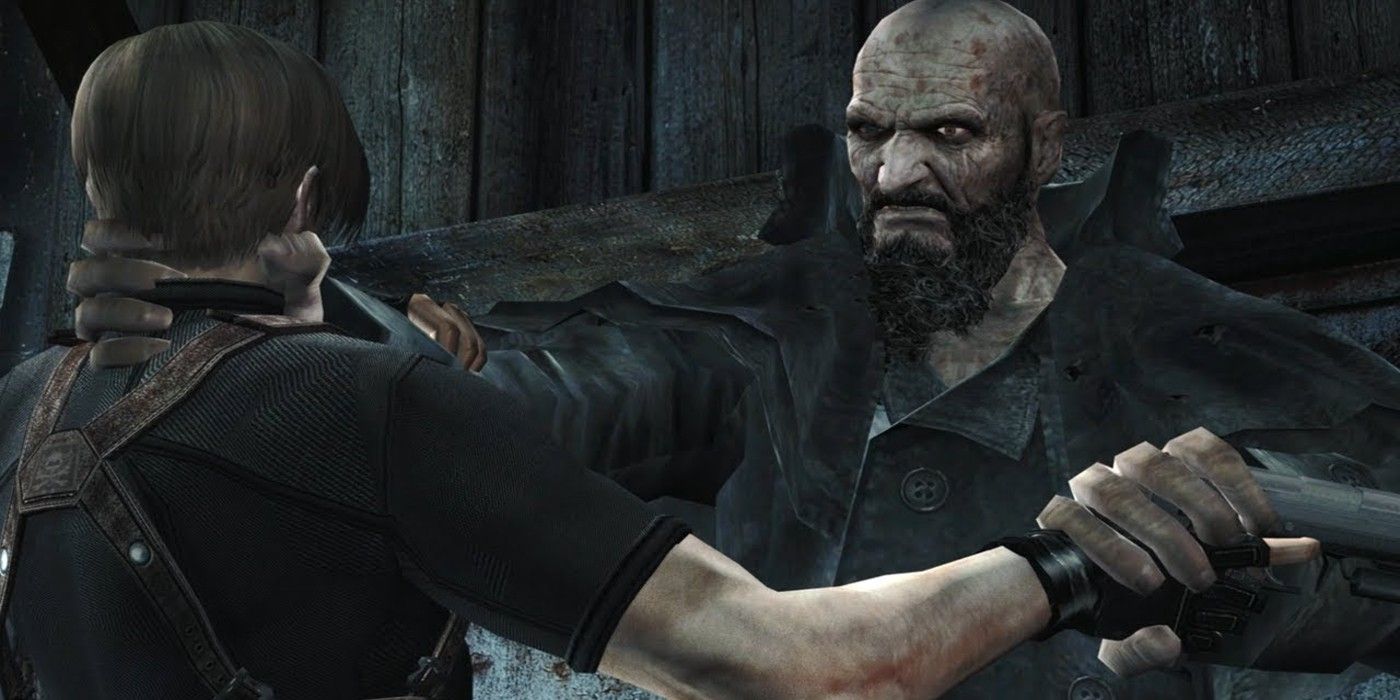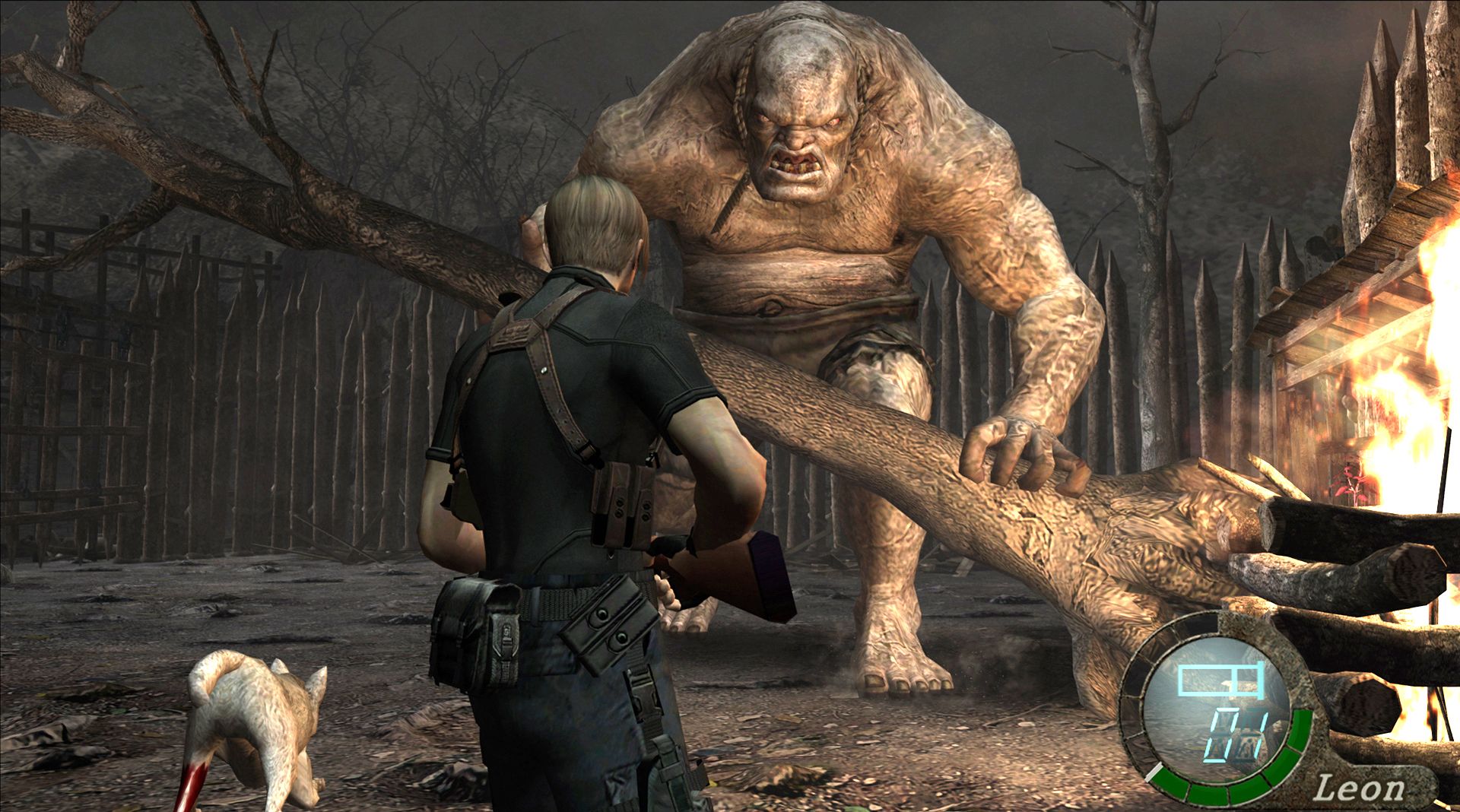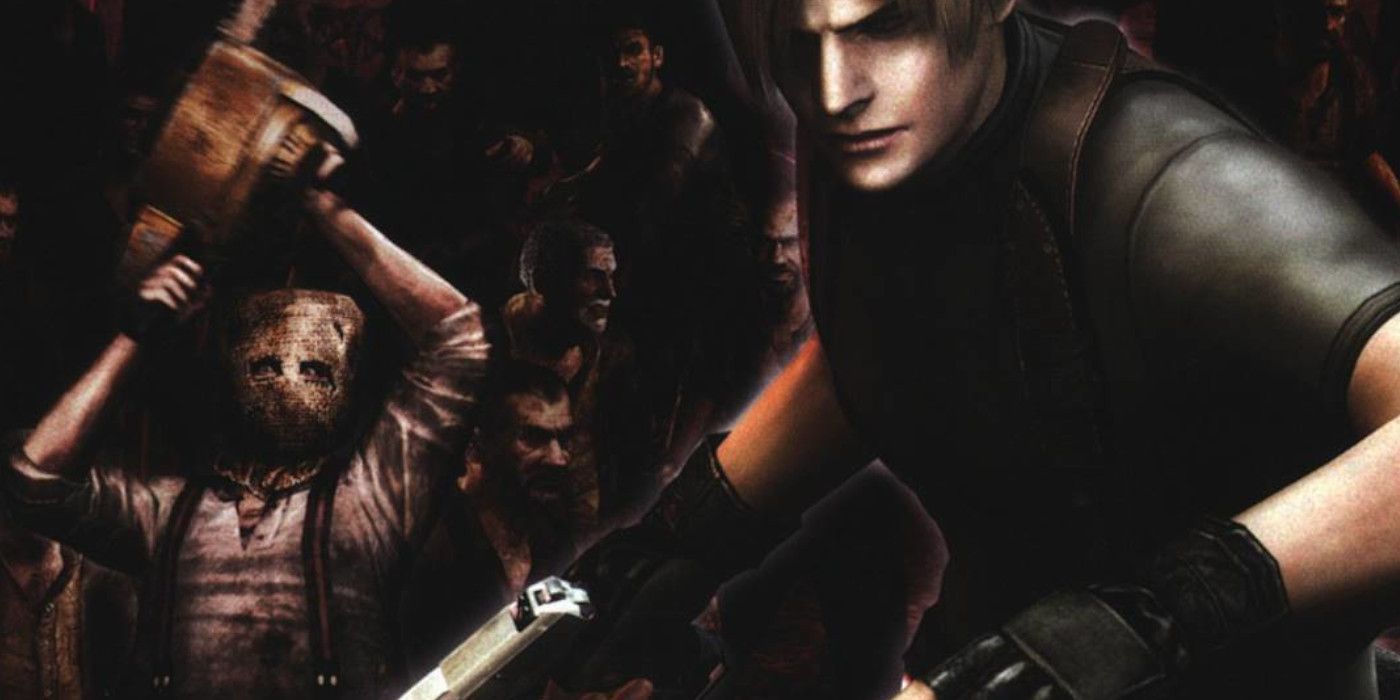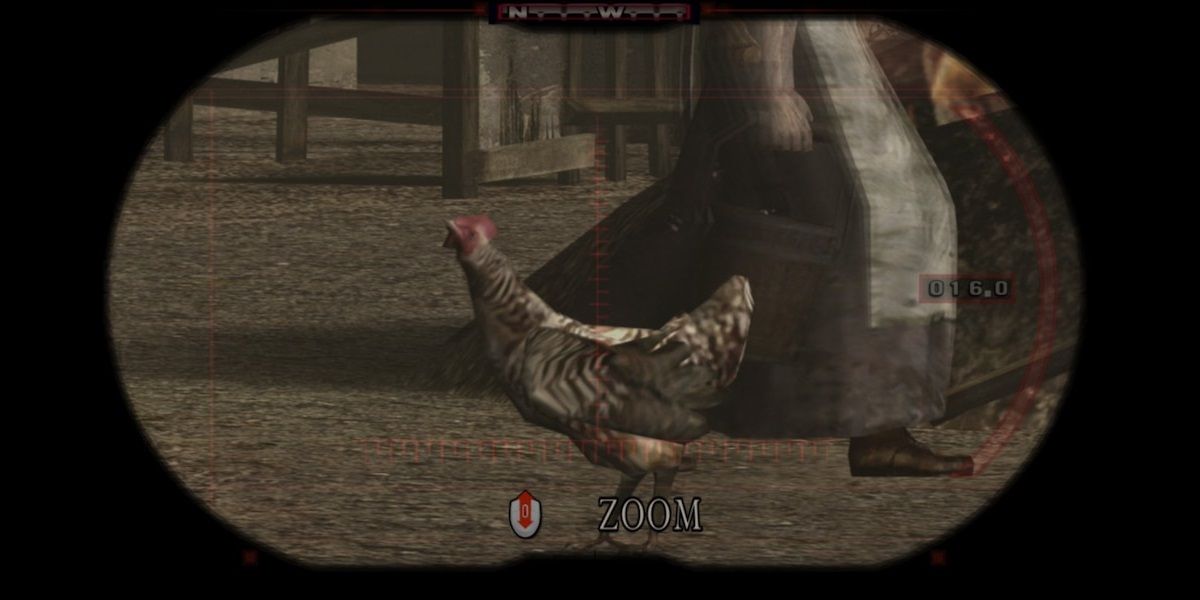Resident Evil is arguably the most popular survival horror game franchise out there. Even more impressive, it's commonly credited for reviving and revolutionizing zombie tropes in popular media. It was originally released in 1996 for the PlayStation and has managed to maintain its popularity to this day. By the early 2000s, Capcom realized their current formula was growing a bit stale and they needed to make some changes to keep players interested.
They experimented with a project that ultimately became Devil May Cry, but this experience gave them the feedback they needed to come out with a new main title for the Resident Evil franchise. In 2005, Capcom released Resident Evil 4 and changed the landscape of the survival horror genre forever. This entry in the series is well-balanced between players' agency, combat action, and horror, and many landmarks in the game persist in the survival horror genre to this day.
10 The Introduction Of A Dynamic Over-The-Shoulder Camera Angle
Previous to Resident Evil 4, survival horror games relied heavily on camera angles to promote tension and fear. Limited camera angles also encouraged jump scares since players couldn't see if there was a zombie lurking around the corner, and some zombies didn't make much noise to give away their position. Resident Evil 4 changed all that by allowing a fully rotatable camera angle that gave players far more freedom to evaluate their surroundings. This trend continued into other modern survival horror games, such as The Last of Us, which uses a similar dynamic camera angle.
9 Tank Movement Became More Palatable
Classic Resident Evil games used the tank movement style, as did other popular games of the '90s, like Tomb Raider. Tank controls are clunky and require practice to use skillfully, which is why they were popular for the survival horror genre. The limited camera angles could result in unexpected movement or confusion in older games due to the basic mechanics of tank controls. Resident Evil 4 kept tank controls, but they are easier to deal with due to the camera angle change. Switching to a dynamic camera angle had the added benefit of making tank movement easier to adjust to, and survival horror game developers took note.
8 They Added A Robust Physical Damage System
Part of the intensity of the survival horror genre is the limited ability that players have to protect themselves against threats. Until Resident Evil 4, there weren't really any survival horror games out there that allowed for much physical interaction with enemies.
Instead, they relied on either dodging enemies and running or choosing to use precious ammo. Leon S. Kennedy put a stop to all that when Capcom gave him the ability to kick and suplex staggering enemies. It's possible to take on a significant portion of the game's enemies with just Leon's knife and combat abilities.
7 It's Got Better Inventory Management
Early survival horror games had an incredibly limited inventory. Games often allowed players a safe box of sorts to store old items in, but it became a hassle to revisit safe areas to swap out pieces of equipment. Resident Evil 4 introduced the attaché case as an inventory management tool and also added the ability to upgrade the size of the attaché case. This revolutionized the amount of gear that Leon could carry on him at any time. The attaché case disappeared for a while, but it made a much-celebrated reappearance in Resident Evil Village.
6 The Addition Of The Merchant Allowed Gun Upgrades
This point is a bit debatable since having vendors takes away from the survival horror aspect, but it was a game-changing event, nevertheless. Capcom limited the Merchant to selling only guns, gun upgrades, and healing items, and players needed to collect gold before they could purchase anything. Furthermore, the Merchant was only accessible at certain areas of the game and ostensibly took the role of safe rooms. Ammunition for the guns still needed to be found in the game's environment, so the Merchant didn't necessarily break the game. He just made it less of a slog to pick up new weapons and potentially stock up on healing goods.
5 Cutscenes Were Made To Be Interactive
Survivor horror games fell into the habit of having cinematics during which players could put down their controllers and watch the story while waiting for the next bit of action. That changed when Resident Evil 4 made use of quick-time events during their cutscenes. Especially tense cinematics in Resident Evil 4 contained moments where players had to quickly respond with button presses to pass the cutscene. Failing the quick-time event could lead to a game over. This ensured that players would continue to be on their toes and became a popular implementation in future survival horror games.
4 Bosses Became Cinematic Events Themselves
Early Resident Evil bosses were a little underwhelming since they didn't do anything much different from other enemies outside of more vicious attacks, a bigger HP pool, and the tracking abilities that were added to bosses like Mr. X and Nemesis. In Resident Evil 4, Capcom turned up the action by making boss confrontations bigger and requiring specific mechanics to take them down.
Quick-time events were also implemented in Resident Evil 4 boss fights, meaning players needed to be attentive. The Jack Krauser fight is especially memorable for its use of tracking and quick-time events.
3 Enemies Are Much Smarter Than Previous Entries
Intelligent AI for enemies was typical for bosses in early Resident Evil games, but the basic enemies were usually predictable and easy to deal with. Resident Evil 4 changed the method of infection to parasites that could control the faculties of the infected humans based on the wishes of the parasite's master. This allowed basic enemies the ability to dodge attacks and use tools like Molotov cocktails to make them more challenging. At the same time, the survival horror spirit is kept alive since enemies are being controlled as bioweapons. It's much more common in survival horror games now to have enemies that react intelligently.
2 Guns Were Given Laser Targeting
In early Resident Evil games, there really wasn't much going on for accuracy. Dealing with the zombie dog or crow enemies, for example, could be frustrating because players needed to aim up or down to hit their target and hope the bullets connected. In Resident Evil 4, however, players could accurately direct the trajectory of their shots due to the addition of a laser pointer. This gave players much more control over combat and made the game more enjoyable as a result. Future survival horror games also picked up this upgrade.
1 The Landscapes Were Made More Interactive
One of the most impressive changes to Resident Evil 4 is the interactive environments. Never before were players able to affect the surroundings of a survival horror game outside of specifically scripted events. Maps in Resident Evil 4 allowed players to break into windows, barricade doors, kick down ladders while enemies were climbing them, and make use of strategically placed explosive drums for crowd control. These changes greatly enriched the experience of dealing with mobs of intelligent enemies and made the game much more immersive. Game developers made sure to take note and landscapes have continued to be dynamic in survival horror games.

